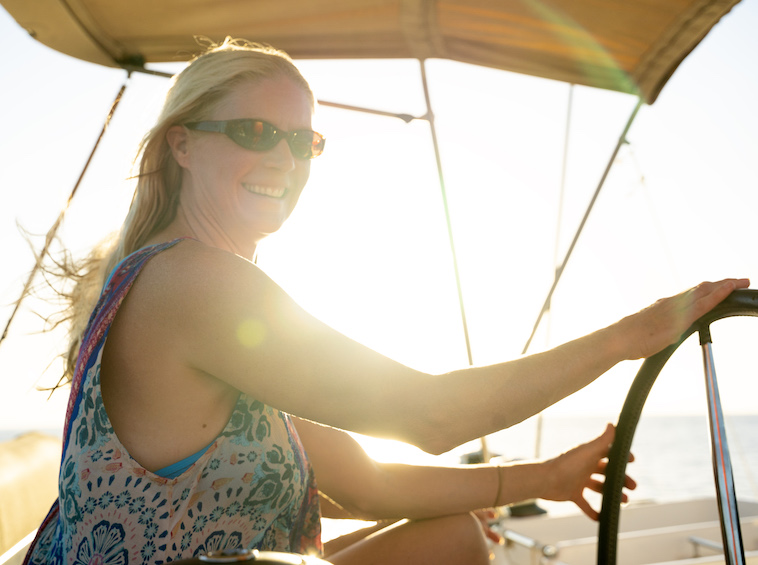ABACOS, BAHAMAS
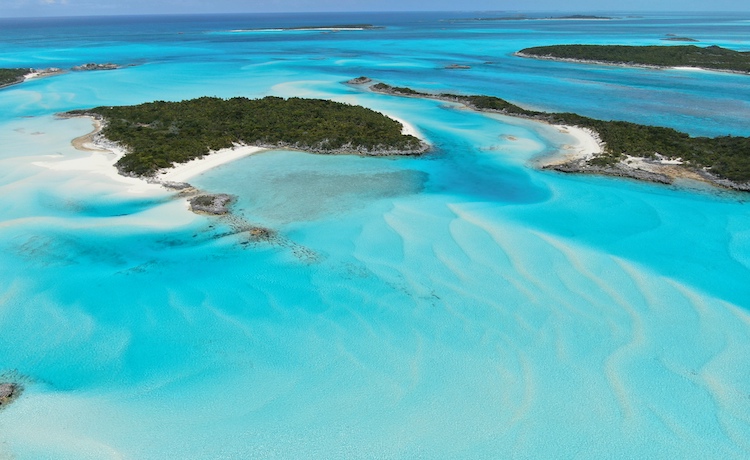
ABACOS, BAHAMAS
With islands stretching for over 120 miles, the Abacos are a stunning part of the Bahamas.
Crystal clear waters, warm weather and an even warmer welcome await! We love the white sand beaches, amazing snorkeling and the chance of finding lobster to throw on the grill.
(FROM $6675 PER PERSON)
LEARN MORELEARN TO SAIL: SEA OF CORTEZ, MEXICO
Jacques Cousteau aptly described the Sea of Cortez as “the aquarium of the world”.
Explore deserted beaches, idyllic coves, and reefs teeming with marine life. The landscape features beautiful desert topography that meets white sand beaches and azure waters.
(FROM $6175 PER PERSON)
LEARN MORELEARN TO SAIL: SEA OF CORTEZ, MEXICO
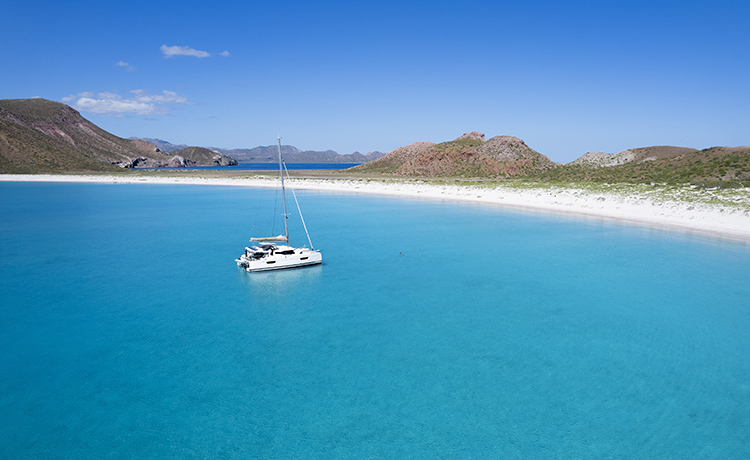
LEARN TO SAIL: GRENADINES, CARIBBEAN
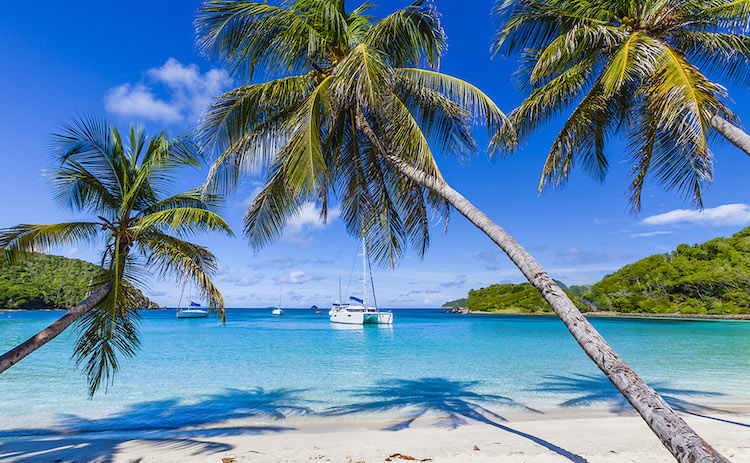
LEARN TO SAIL: GRENADINES, CARIBBEAN
Discover some of the most beautiful, unspoiled islands in the Caribbean.
Grenada and the Grenadines are known as the Spice Islands. We love the dense tropical peaks, waterfalls, stunning beaches and friendly locals.
(FROM $6675 PER PERSON)
LEARN MORELEARN TO SAIL: TAHITI, SOUTH PACIFIC
Tahiti is easily one of the most spectacular places on the planet to sail.
This quintessential South Seas perfection with its jagged, jungle-covered peaks dropping into turquoise lagoons is a sight to behold. Polynesian locals are welcoming and the French inspired island cuisine is truly delicious.
(PRIVATE TRIPS ONLY, BOOKING ENTIRE BOAT)
LEARN MORELEARN TO SAIL: TAHITI, SOUTH PACIFIC
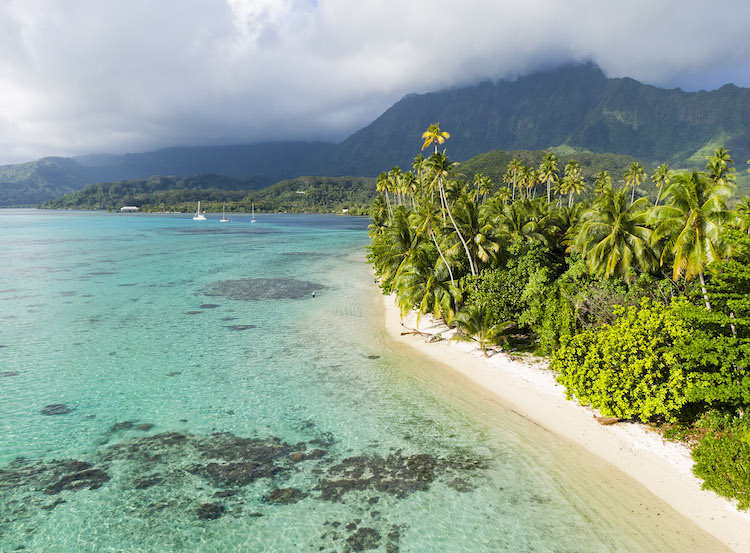
LEARN TO SAIL: MALLORCA, SPAIN
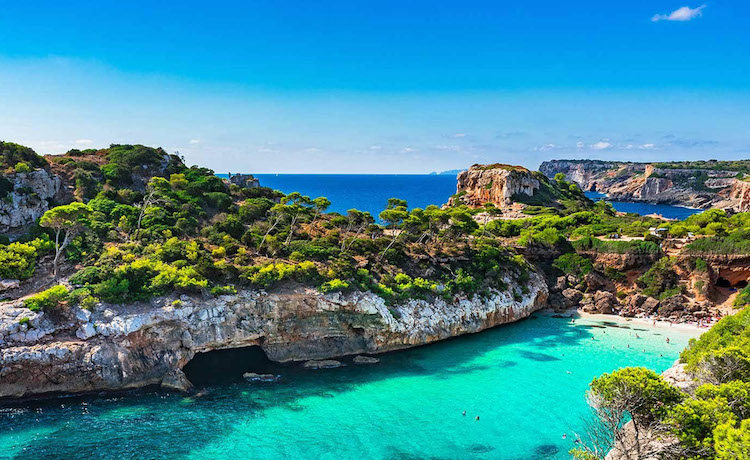
LEARN TO SAIL: MALLORCA, SPAIN
The azure waters of these Spanish Islands in the Mediterranean provide a wonderful backdrop for your Nautilus experience.
Visit ancient towns and beautiful beaches, enjoy the vibrant Spanish culture, people, and food. All while learning to sail!
(FROM $6175 PER PERSON)
LEARN MORELEARN TO SAIL: TROGIR, CROATIA
Croatia is truly one of the most incredible destinations in Europe to explore from a sailboat.
Situated on the edge of both the Adriatic and Mediterranean Seas, you’ll experience an idyllic coastline with hundreds of islands, ancient medieval towns and delicious seafood.
(FROM $6175 PER PERSON)
LEARN MORELEARN TO SAIL: TROGIR, CROATIA
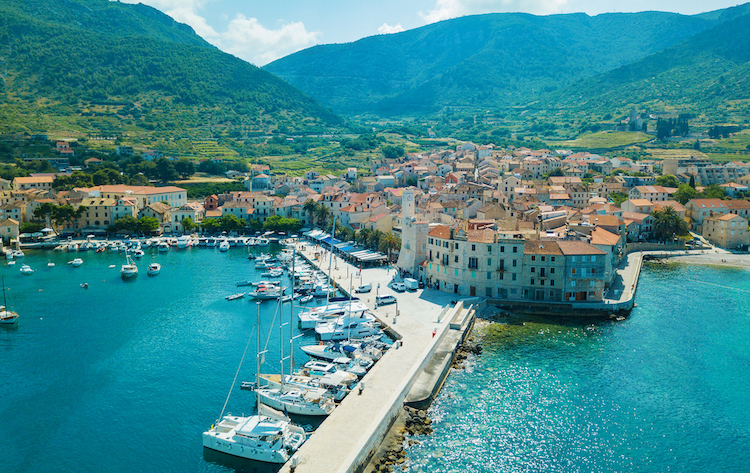
 Connect What are your sailing goals and dreams?
Connect What are your sailing goals and dreams? Plan We create a curated trip for you, selecting
Plan We create a curated trip for you, selecting Prepare We send you the resources needed to help you start
Prepare We send you the resources needed to help you start Embark Set sail on the trip of a lifetime!
Embark Set sail on the trip of a lifetime! 
